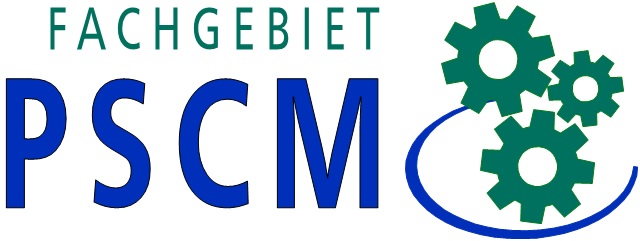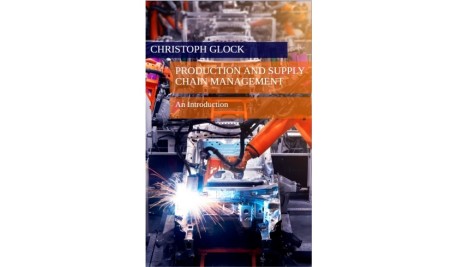Course Description
This course introduces students to the most important planning problems that occur in a manufacturing context. Problems covered in the course include the forecasting of material requirements, the planning of the production program, and the planning of lot sizes. The course does thereby not only address planning problems that occur within individual companies, but also shows how production can be coordinated across multiple stages of a supply chain. Upon completion of the course, students are able to apply the models covered in this course in practical scenarios.
Outline
1. Introduction
2. Material requirements planning
2.1. Deterministic material requirements planning
2.1.1. The Gozinto-List-Method
2.1.2. Considering production dates in the Gozinto-List-Method
2.2. Stochastic material requirements planning
2.2.1. Exponential and double exponential smoothing
2.2.2. Holt-Winters' method
3. Planning the production program
3.1. Considering a single constraint
3.2. Considering multiple constraints
4. Lot sizing
4.1. The EOQ model
4.2. The EPQ model
4.3. Dynamic lot sizing
4.3.1. The method of Wagner and Whitin
4.3.2. Heuristic planning methods
5. Supply Chain Management
5.1. The Joint Economic Lot Size Model
5.2. Supplier selection
5.3. Planning facility locations
Recommended literature
Glock (2021): Production and Supply Chain Management. An Introduction
Independently published
ISBN-13: 979-8738517945 (available in paperback and ebook)
In 2021, Prof. Glock has published an English version of his book “Production and Supply Chain Management”. It focuses on mathematical models that can be used to solve decision problems that occur in practice. Topics include material requirements planning, the planning of the production program, and the determination of optimal order and production quantities. The book also discusses problems that have to be solved on a supply chain level, such as the coordination of order and production quantities across multiple stages of the supply chain or the selection of suppliers. The textbook aims to introduce these and related problems to students in the areas of business management, business mathematics, business informatics and industrial engineering and to enable them to apply the models discussed in this book and to interpret their results.
This textbook covers the contents of the course “Production and Supply Chain Management” and allows for further reading into the relevant topics.
Exam
The module is examined with a written exam.
Examination registration start on 01.06. and 01.11. of each year via TUCaN.





